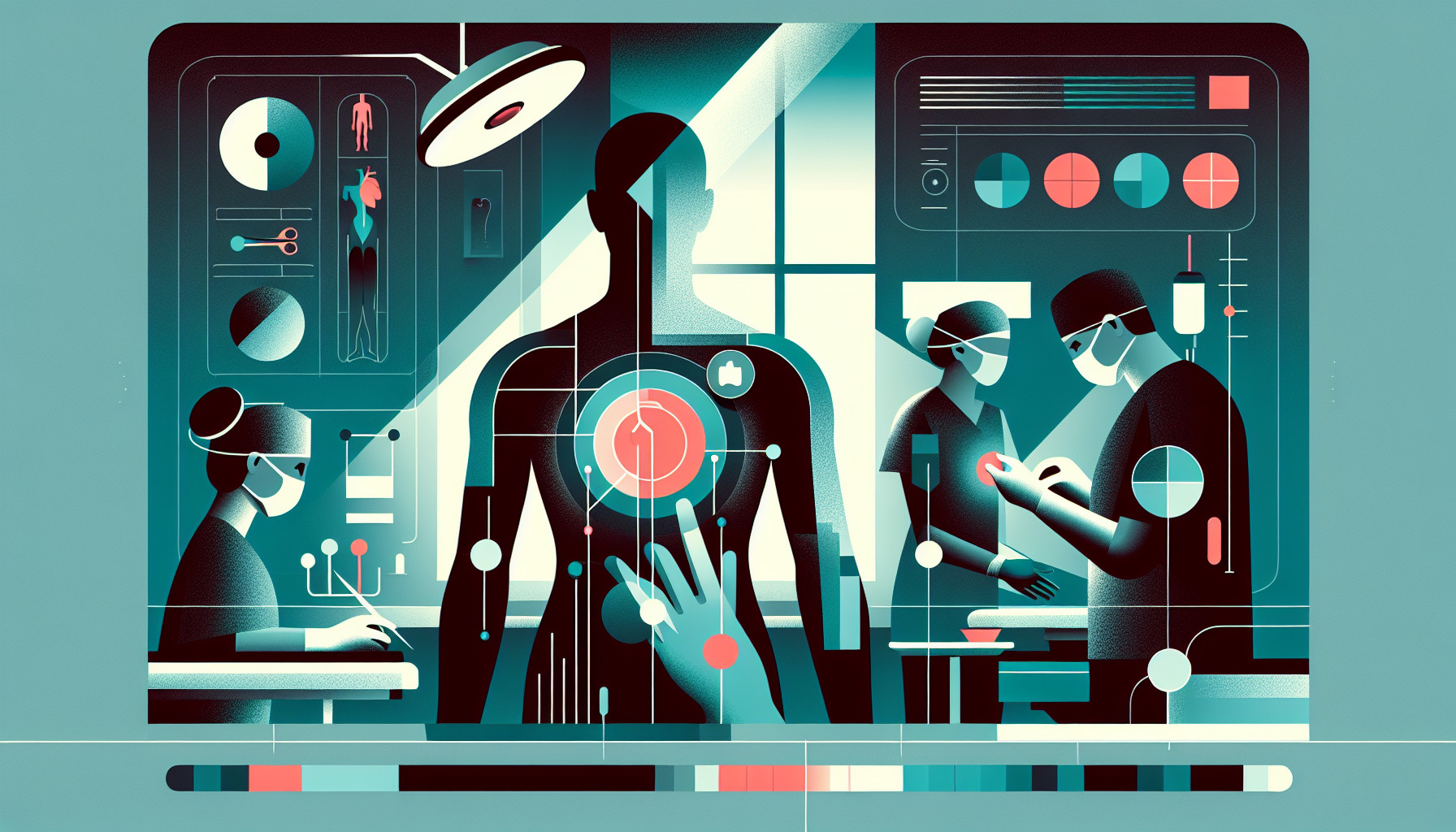Our Summary
This research paper is all about the historical methods and strategies used in the surgical treatment of anal fistulas, a type of abnormal connection between the surface of the anus and the skin. The study covers a span of time from ancient history up until the early 20th century. The researchers used primary translations and authoritative commentaries to gather information. They’ve also selected certain surgical techniques to recreate and illustrate using modern images to provide a better understanding of these historical procedures.
FAQs
- What surgical approaches are discussed in the article for the treatment of anal fistula?
- What historical periods does the article cover regarding the evolution of anal fistula surgery?
- Are there any illustrations of the surgical techniques used for treating anal fistula in the article?
Doctor’s Tip
One helpful tip a doctor might tell a patient about anal fistula surgery is to follow post-operative care instructions carefully to ensure proper healing and reduce the risk of complications. This may include keeping the area clean, avoiding strenuous activities, and taking prescribed medications as directed. It is important to communicate any concerns or changes in symptoms to your healthcare provider promptly.
Suitable For
Typically, patients who are recommended for anal fistula surgery are those who have recurrent or complex anal fistulas that have not responded to conservative treatments such as antibiotics or drainage procedures. These patients may experience symptoms such as persistent pain, discharge, or recurrent infections. Surgery is often recommended to remove the fistula tract and promote healing. It is important for patients to consult with a healthcare provider to determine the best course of treatment for their individual case.
Timeline
Before anal fistula surgery:
- Patient experiences symptoms such as pain, swelling, discharge, and fever related to the anal fistula.
- Patient visits a healthcare provider who performs a physical examination and may order imaging tests to diagnose the anal fistula.
- Treatment options such as antibiotics, drainage of abscesses, and fistulotomy may be considered before surgery.
After anal fistula surgery:
- Patient undergoes surgery to treat the anal fistula, which may involve techniques such as fistulotomy, advancement flap, seton placement, or fibrin glue injection.
- Patient may experience pain, swelling, and discomfort after surgery, which can be managed with pain medications and proper wound care.
- Patient is advised to follow post-operative instructions such as keeping the area clean, avoiding straining during bowel movements, and attending follow-up appointments with their healthcare provider.
- Recovery time varies depending on the type of surgery performed, but most patients can resume normal activities within a few weeks.
- Patient may have a follow-up visit with their healthcare provider to monitor healing and ensure the anal fistula has been successfully treated.
What to Ask Your Doctor
- What are the different surgical options available for treating my anal fistula?
- What are the risks and potential complications associated with anal fistula surgery?
- How long is the recovery period after surgery and what can I expect during this time?
- Will I need to make any lifestyle changes or follow a special diet after surgery?
- What are the success rates for anal fistula surgery and how likely is it to recur?
- Are there any alternative treatments or non-surgical options for my anal fistula?
- How experienced are you in performing anal fistula surgery and what is your success rate?
- Will I need to have any follow-up appointments or tests after the surgery?
- Are there any specific instructions or precautions I should follow before and after the surgery?
- How soon can I expect to see improvement in my symptoms after the surgery?
Reference
Authors: Ortega AE, Gesek A, Linnebur M, Cologne KG. Journal: Dis Colon Rectum. 2017 Jun;60(6):636-646. doi: 10.1097/DCR.0000000000000833. PMID: 28481858
